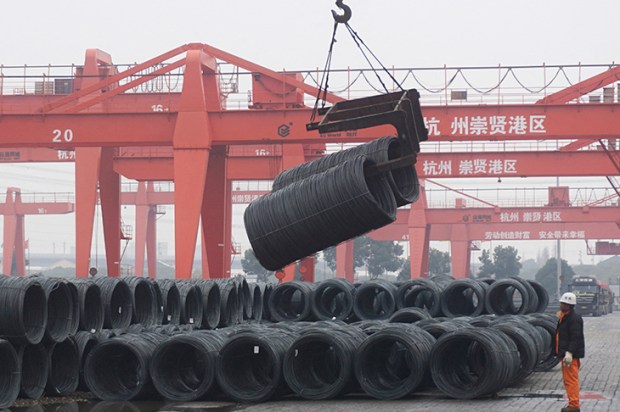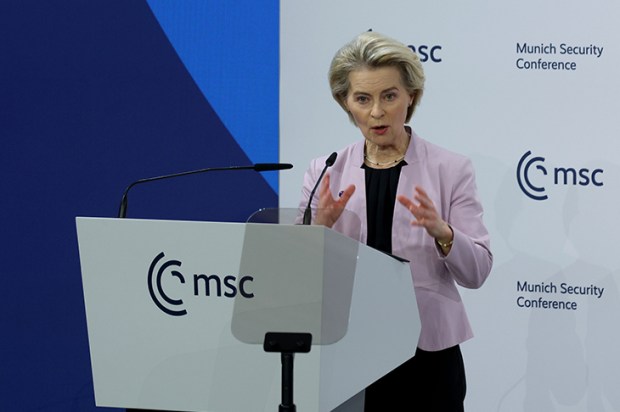I’m not the type of person who goes to the opening of an envelope. But if the envelope sounds interesting, I’m in like Flynn.
So, when an invitation came to attend the Melbourne book launch of The Cronulla Riots: the Inside Story (Connor Court Publishing) written by Carl Scully and Mark Goodwin, it was a yes from me.
It’s now nearly 20 years since the so-called Cronulla riots occurred. Like many Australians, I have a recollection of a major kerfuffle on the beach in the Shire. There was a series of confrontations during one day between Australian and Muslim – mainly Lebanese – youth.
Some arrests were made but the main message at the time was that greater respect was needed for multiculturalism to thrive. Australians must be more tolerant of ethnic and religious diversity.
It turns out that my recall of the events was entirely wrong, albeit not uncommon. I found out at the launch three key truths: they weren’t riots; it wasn’t just at Cronulla; and it wasn’t racist at heart.
Before I go into this in more detail, let me talk about the authors. Carl Scully was the Labor police minister at the time, under Bob Carr as premier. He had been a solicitor, is a straight-shooter and was subsequently thrown under the bus by Labor premier, Morris Iemma.
Mark Goodwin was the assistant police commissioner at the time charged with dealing with the situation at Cronulla and the subsequent fallout. He had been in the New South Wales police force since leaving school. Two of his children are in the force. He was also thrown under the bus because he respected the truth and was intent on protecting all members of the public.
Let’s go back to that day in December 2005. It followed years of harassment by Muslim youth who would travel by train from western Sydney to enjoy a day on the beach. In addition to invading the space of locals by playing football in occupied spaces, some of these ‘Lebs’ – that’s what they were known as, including by themselves – were wont to harass young women, particularly those who were scantily clad. This came to a head when a young lass from the local surf lifesaving club was targeted.
This led to a confrontation between the Lebs and some locals known as ‘Skips’ who were defending the honour of their ‘sisters’. There were certainly some scuffles, and some aggressive language was used. But what occurred does not fit the description of ‘riot’. The police presence was considerable throughout the day, although the periods of peace were interrupted by some belligerent behaviour on both sides.
But here’s the thing: the media with the TV cameras on hand essentially captured the attacks made by the Skips and this became the story of the day and beyond. The second thing that is much less widely known is the subsequent spate of violent attacks by Lebs of targeted groups of Skips that went on for weeks into 2006 and not just in the Cronulla area.
It took a massive policing effort to ensure that the damage caused by these incidents was minimised, including using undercover officers. But there was still considerable property damage as well as personal injuries.
Notwithstanding some efforts by freelancers to capture some of these incidents on film, the quality of the output was poor and therefore was not used by the media to change the narrative. In any case, the narrative – that poor defensive migrants had been set upon because locals are racist and intolerant – had been established by this stage. If it wasn’t on film, then the view seemed to be that the unforgivable behaviour of the Lebs wasn’t really very serious.
What this book clearly demonstrates is the much ‘greater preponderance for crime and violence’ among a particular group of migrants from Lebanon (and their offspring) who were allowed into the country against the advice of the bureaucrats following a civil war in that country.
Three reasons are given. ‘First, the exceptional transportation and replication of patriarchal village communities based on masculine respect. Second, the Lebanese migration concession drawing on many least likely to peaceably integrate into mainstream law-abiding Australian society. Third, the inter-generational passing of the “baton” of contempt for police, law and order, and what is required for cooperative civil society.’
While I was listening to Mark and Carl give interesting presentations at the launch, it occurred to me that this was an important turning point for the debate about immigration, in general, and multiculturalism, in particular.
The politicians of the day started banging on about the unproven proposition that Australia is a highly successful multicultural country but that there was obviously room for improvement – by those born in Australia! It provided a carte blanche for the extremely high rates of immigration that have occurred in the last two decades.
You may have missed it last year, but the hapless Andrew Giles, then minister for immigration, citizenship and multicultural affairs, released an appalling framework review of multiculturalism. Warning here: reading this report is a health hazard.
Notwithstanding the fact that social cohesion was clearly breaking down at the time and overt antisemitism was on the rise, Giles waxed on about ‘multiculturalism is one of the great successes of modern Australia, but there is still much work remaining to ensure all communities feel safe and can be proud of who they are, regardless of their religious, ethnic or cultural background’.
If that ‘hyperbowl’ wasn’t bad enough he added that ‘our shared values of respect, unity, and compassion will underpin our multicultural nation. Our diversity is our greatest strength, and this review showcases an Australia that we can build together as one united nation’. What planet is he living on? But I should mention here that our very own B1, Chris Bowen, has talked about ‘the genius of Australian multiculturalism’ – yep, the genius.
Like all these government reviews, a road map is proposed. ‘This road map, along with the right institutional settings, aims to provide the continuum needed to sustain a successful, fair multicultural Australia for all.’ I began to feel quite unwell just reading the summary.
But here’s the bit that made me feel positively nauseous. ‘The Review recognises that our vibrant arts and culture industries, including its culturally diverse practitioners, have a significant role in defining and developing a shared Australian identity.’
I guess the botched attempt by Creative Australia – the old government-funded Arts Council – to award the prestigious Biennale spot in Venice to an artist who has glorified a deceased leader of the terrorist organisation, Hezbollah, is an example of a multicultural gesture. The fact that all the lefties in the arts community are up in arms tells you all you need to know. That’s multiculturalism for you.
Got something to add? Join the discussion and comment below.
You might disagree with half of it, but you’ll enjoy reading all of it. Try your first month for free, then just $2 a week for the remainder of your first year.













